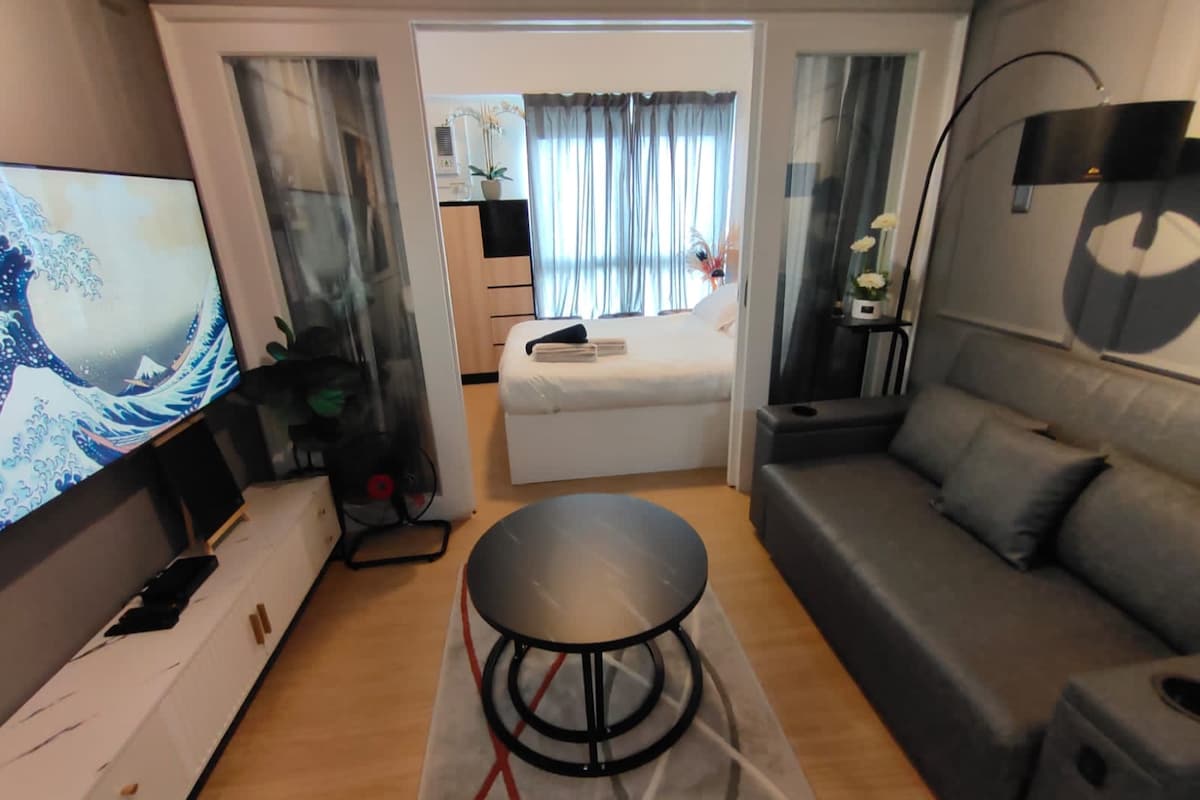

Partnerships with coworking spaces like Huckletree will fill geographic gaps “where we don’t have our feet on the ground”. While it’s all very well to have community-driven ideals, Hillman admits there’s a limit to what this will lead to for his network of workspaces - at least initially. It’s about building that community, building those enthusiastic fans who love Jarvo.

He says, “For us, it’s not about scaling up to get as many workspaces as possible. Hillman hopes to create a community-driven network, not a “cold, corporate-driven workspace aggregator.” “If that means slower scaling to benefit the community we’re building, then even better,” he says.Īlthough Jarvo appears to have ambitious growth plans - a recent announcement from the company said it’s aiming for 20,000 workspaces over the next 12 months - Hillman’s concern lies elsewhere. “Honestly, if you spent the morning or a day at the start of the week you would be so inspired and motivated to continue the rest of your week at home because these are simply amazing environments. “A lot of people think it’s just a room someone has, or a space under the stairs,” says Hillman, adding that the workspaces he’s seen in people’s homes are much more than that. Users can then review their workspace as they would when staying at an Airbnb. Homeowners will be able to list the space in their home if they meet certain criteria and provide amenities, such as “mega fast Wi-Fi”, ergonomic chairs, outlets and chargers.Įach host will be able to set their own rate, with Jarvo providing guidance based on local data. Jarvo, whose waiting list already has nearly 4,000 users according to Hillman, may have the potential to fill that void. Hillman tells PlaceTech that the idea came from personal frustrations: “I don’t live centered on a city, so for me going to a coworking space…it would be like taking a half-hour train or car ride, paying for parking for then go use a common workspace.”


 0 kommentar(er)
0 kommentar(er)
